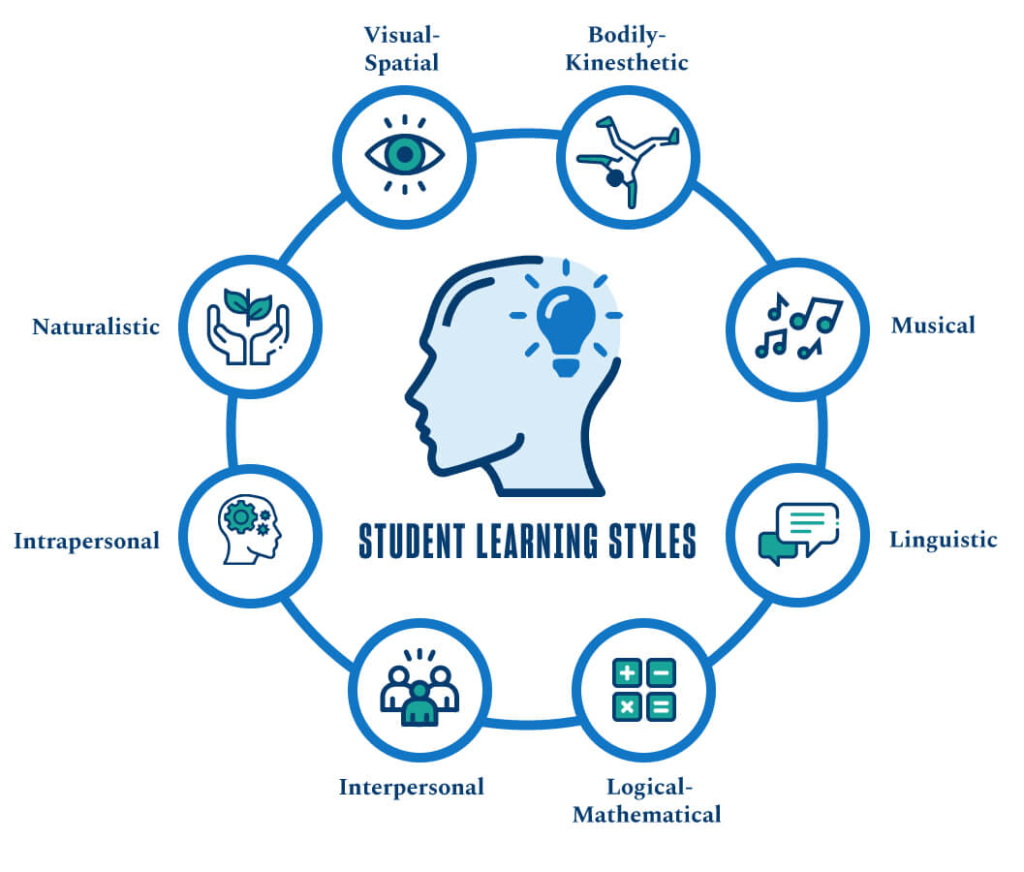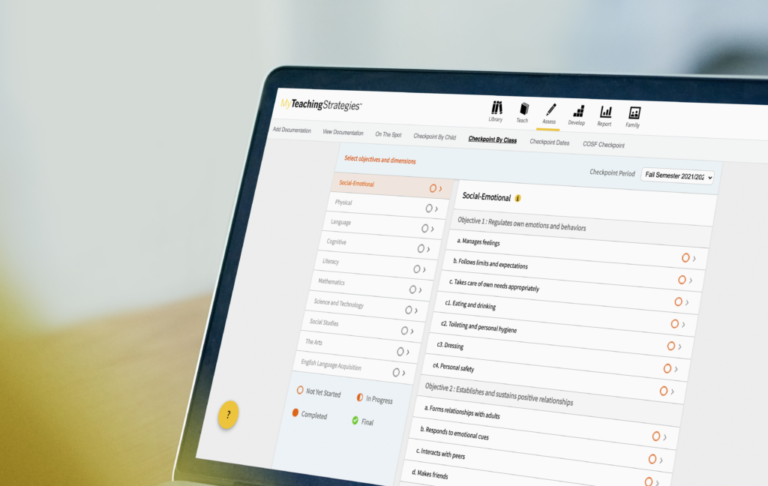Teaching is a crucial part of any educational institution. It helps students to learn new concepts and acquire knowledge that they can use in their future endeavors. Different teaching styles are available, and each has its own advantages and disadvantages. In this article, we will discuss the pros and cons of various teaching styles.
Table of Contents
What are Teaching Styles?

Teaching style refers to the methodology used by an educator to facilitate learning. It can be classified into various types, including traditional, progressive, and hybrid. The teaching style adopted by an educator can have a significant impact on the learning outcomes of students.
Traditional Teaching Styles
Traditional teaching styles are characterized by a teacher-centered approach, where the teacher is the primary source of information. Lectures, memorization, and drills are common teaching techniques. While this teaching style has been used for centuries, it has some disadvantages.
Advantages:
A structured and organized approach
Consistent and predictable
Suitable for large classes
Disadvantages:
Can be boring and unengaging
May not cater to different learning styles
Limits creativity and critical thinking
Progressive Teaching Styles

Progressive teaching styles are student-centered approaches, where the student is actively involved in the learning process. The teacher acts as a facilitator, and students learn through collaboration, exploration, and discovery. This teaching style is gaining popularity in modern educational institutions.
Advantages:
Promotes critical thinking and problem-solving skills
Encourages creativity and innovation
Caters to different learning styles
Disadvantages:
Can be time-consuming and challenging to implement
May lack structure and organization
Requires highly motivated and self-directed learners
Hybrid Teaching Styles

Hybrid teaching styles combine elements of both traditional and progressive teaching styles. It aims to provide a balance between structured instruction and student-centered learning. This teaching style is gaining popularity, particularly in online and distance learning settings.
Advantages:
Combines the benefits of traditional and progressive teaching styles
Suitable for diverse learners and learning environments
Provides flexibility and adaptability
Disadvantages:
Requires careful planning and implementation
Can be challenging to maintain balance
May not be suitable for all subjects and learning outcomes
Factors Influencing Teaching Styles
Various factors can influence the choice of teaching style, including the subject matter, learning outcomes, student characteristics, and institutional policies. Educators need to consider these factors when selecting a teaching style.
Subject Matter
Some subjects require a more structured and organized approach, while others may require a more exploratory and collaborative approach.
Learning Outcomes
The desired learning outcomes can influence the teaching style adopted. For example, if the learning outcomes emphasize critical thinking and problem-solving, a more progressive teaching style may be suitable.
Student Characteristics
The characteristics of students, including their learning styles, motivation, and interests, can influence the teaching style. Educators need to consider these factors to ensure that the teaching style is appropriate for all students.
Institutional Policies
Institutional policies, such as class size, course duration, and assessment methods, can influence the teaching style adopted by an educator.
The Importance of Choosing the Right Teaching Style
Choosing the right teaching style is crucial for effective learning outcomes. Educators need to consider various factors, including the subject matter, learning outcomes, student characteristics, and institutional policies, when selecting a teaching style. A mismatch between the teaching style and the learning outcomes can result in poor learning outcomes, disengaged students, and low motivation.
The benefits of choosing the right teaching style include:
- Improved learning outcomes
- Increased student engagement and motivation
- Enhanced critical thinking and problem-solving skills
- Catering to different learning styles and preferences
Conclusion
In conclusion, there is no one-size-fits-all approach to teaching. Different teaching styles have their own advantages and disadvantages, and educators need to choose the most appropriate teaching style based on various factors. It is important to strike a balance between structured instruction and student-centered learning to ensure effective learning outcomes.
Ultimately, the goal of teaching is to facilitate learning and help students acquire knowledge and skills that they can use in their future endeavors. The right teaching style can make a significant difference in achieving this goal. By considering various factors and choosing the appropriate teaching style, educators can create a conducive learning environment that fosters engagement, critical thinking, and problem-solving skills.
Learn about: Transform your classroom today with these 10 proven tips for crafting a unique and powerful classroom management plan that will set your students up for success








